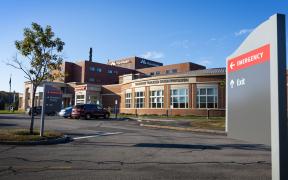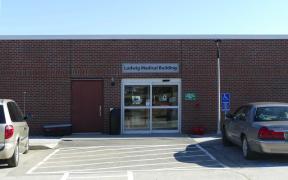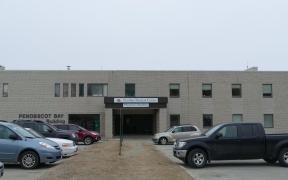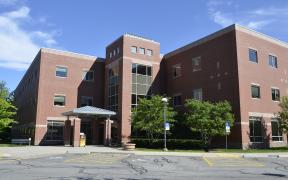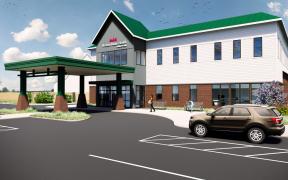What is chronic obstructive pulmonary disease?
Chronic obstructive pulmonary disease (COPD) makes it hard to breathe. COPD refers to two long-term diseases that cause breathing problems. The diseases are emphysema and chronic bronchitis. COPD gets worse over time, but doctors can help symptoms and slow down the disease. Cigarette smoke most often is the cause of COPD. But air pollution, inherited risks passed down in families, and your medical history also may have a role.
What should I do if I have COPD?
- See your doctor. There are many different ways doctors can help people with COPD manage their symptoms.
- Ask your doctor or nurse about a flu shot every year.
- Ask your doctor or nurse about a pneumonia vaccine.
- Ask your doctor or nurse about advance care planning. Let your doctor know what your health care goals are and what’s important to you.
Asthma & COPD online courses
Knowing how to use your inhaler properly, with the correct breathing technique, can affect your lung health. View our dashboard of online classes with videos and instruction sheets to help you get the most of your breathing devices or techniques.
Chronic Cough Is a Sign of COPD
The main COPD symptom is a cough that does not go away. The cough may be worse in the morning or when you exercise or smoke. Mucus looks yellow. As the disease gets worse, people wheeze and have shortness of breath doing daily tasks or even at rest.
Your Provider May Perform a Series of Tests
If you have a long-term cough and are feeling rundown, see your primary care doctor or family healthcare provider. Your healthcare provider may do lung function tests, a chest X-ray and blood tests to tell if you have COPD.
People with COPD have damage to their airways and air sacs in their lungs. A breathing test called spirometry or a pulmonary function test confirms you have COPD and helps guide your doctor when prescribing medicines to treat your symptoms.
Patients Play a Big Role in Their Health
Treatment and a healthy lifestyle can slow down the progress of the disease. Patients can feel better and start to live more active lives. Patients have a big role in their health, too. Quitting smoking and staying away from secondhand smoke are important steps to take.
- Quitting smoking
- Prescription medicine
- Lung rehabilitation (physical therapy and exercise)
- Oxygen therapy
- Surgery
- Lung transplant
COPD treatment includes inhalers
Inhalers, medicine in the form of a mist or powder, can help you feel better and reduce how often you have a flare-up. There are several different types of inhalers.
- Quick-relief: use when you’re wheezy or short of breath.
- Controller: a medicine used every day to prevent shortness of breath.
- Devices: know how to use your inhalers or nebulizer. Ask your doctor, nurse or respiratory therapist to show you.
- Asthma & COPD Online Courses: Knowing how to use your inhaler properly, with the correct breathing technique, can affect your lung health. View our dashboard of online classes with videos and instruction sheets to help you get the most of your breathing devices or techniques.
Pulmonary rehabilitation
Education, exercise and counseling are part of pulmonary rehabilitation for COPD, including emphysema and chronic bronchitis. Therapists help people with exercise, so they can breathe easier. Our pulmonary rehabilitation exercise and education programs help overall health.
Staying active
Ask your doctor or nurse about a Pulmonary Rehabilitation (PR) program in your area. PR programs teach patients about their lung disease, how to manage their symptoms, how to save their energy,
Talk to Your Provider About a Self-Care Plan
A COPD action plan is a one page form that helps you recognize the early signs of a flare up and when to call your doctor or nurse. Stopping a flare-up early will help keep you out of the hospital and live better with COPD. Ask your doctor or nurse to fill out a plan with you.
- Healthy Lungs and Lung Disease (pdf)
- COPD Causes (pdf)
- Diagnosing COPD (pdf)
- COPD and Other Conditions (pdf)
- How to Treat COPD (pdf)
- Using Oxygen to Live Well with COPD (pdf)
- Staying Healthy (pdf)
- Nutrition (pdf)
- Flare Ups (pdf)
- Dealing with Advanced Illness (pdf)
Ready to quit tobacco?
Whether you smoke, vape or use smokeless products like pouches – quitting tobacco is one of the best things you can do for your health.
For free coaching and resources, call 1-800-QUIT-NOW or visit MaineQuitLink.com.
























